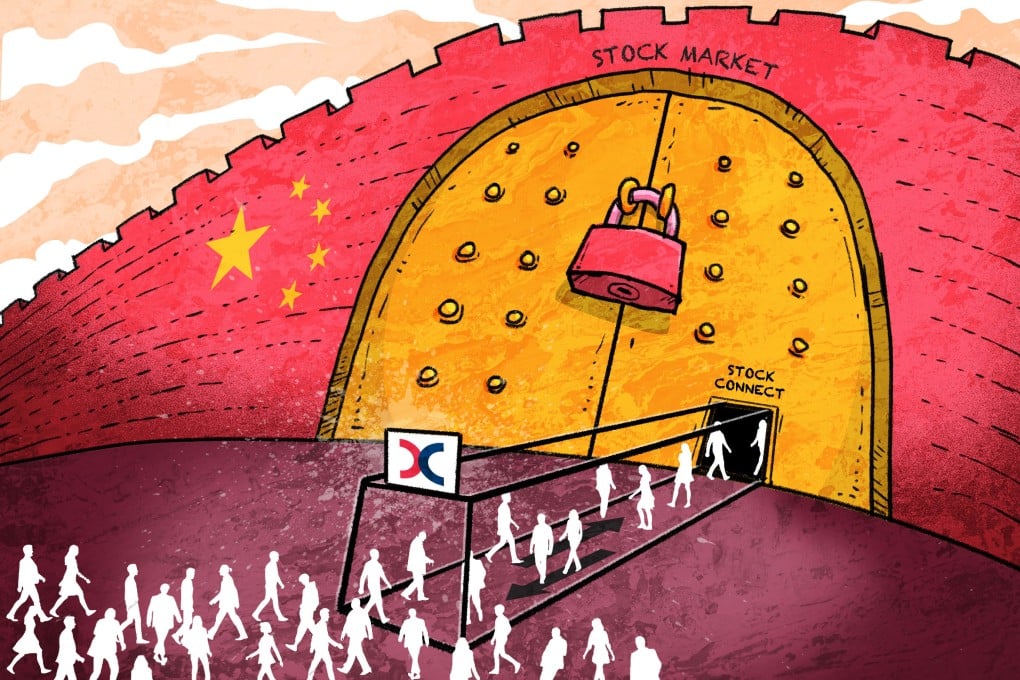Stock Connect at 10: it began with notes on a tablecloth – what will a new decade bring?
The exchange link between Shanghai and Hong Kong went live on November 17, 2014

What started on that teahouse tablecloth has become a conduit through which international investors can access China’s US$10 trillion onshore stock market, while their counterparts on the mainland can diversify their portfolios by trading Hong Kong-listed equities.
The link is especially critical because unlike Hong Kong and other developed markets around the world, China’s capital accounts are not fully open, with restrictions on both inbound and outbound investments in securities.
While there have been a number of successes since 2014, investors who used the programme to bet on Chinese stocks would have been better off putting their money into the S&P 500 over the past decade. And the Stock Connect faces a number of headwinds presented by the re-election of Donald Trump as US president.

The exchange link, which went live on November 17, 2014, has easily surpassed the qualified foreign institutional investor (QFII) programme to become the primary tool for overseas traders to tap into China’s yuan-denominated stocks. QFII, which commenced in 2002 as the China market was opening up to the world, requires a lot of paperwork and onerous government approvals before investments can be made.

